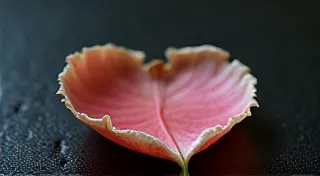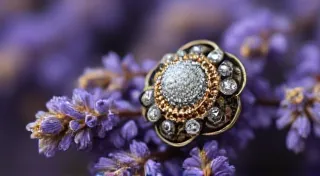The Inheritance of Echoes: How Antique Music Boxes Connect Generations
There’s a particular quality to the sound of an antique music box—a fragile, tinkling beauty that seems to hold within it a whisper of forgotten times. It’s more than just a melody; it’s a portal. A portal to childhoods, to family gatherings, to moments lost and memories cherished. For many, an antique music box isn't merely a collectible; it's a tangible link to the past, an inheritance of echoes passed down through generations.
My grandmother, Elsie, possessed a small, rosewood music box. It played "Greensleeves," a tune so familiar it felt etched into my soul. As a child, I'd sit at her feet, mesmerized as the tiny cylinder spun and the delicate pins danced, coaxing music from the brass tines. I didn't understand then the story it held, the significance of its age, only that it brought a warmth and comfort that settled deep within me. Now, years after her passing, that same music box sits on my own mantelpiece, its melody a constant reminder of her presence, a vessel brimming with memories.
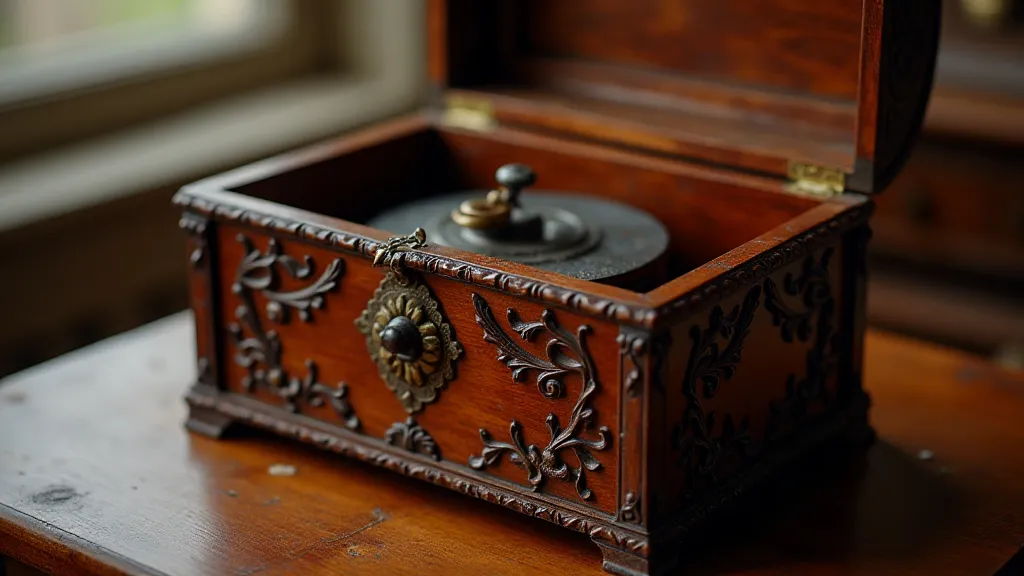
A Brief History: From Novelty to Heirloom
The history of music boxes is surprisingly rich and fascinating. Their roots lie in the 18th century with the invention of automated musical instruments, primarily in Switzerland. The first true music box, utilizing a pinned cylinder mechanism to play melodies, emerged in the early 19th century. Geneva, and later Sainte-Croix, became the global center for their production, earning Sainte-Croix the nickname “The Swiss Watchmaking Mecca.” Early examples were often status symbols, luxurious gifts for royalty and the wealthy elite.
The mid-19th century saw a democratization of music box production. Technological advancements and mass production techniques made them more accessible to the wider middle class. Victorian era homes were often filled with these enchanting machines, providing a soundtrack to parlor games, afternoon tea, and evening gatherings. The range of styles expanded dramatically, from simple, inexpensive models to incredibly ornate and complex pieces crafted from exotic woods, inlaid with precious stones, and adorned with intricate automata figures – dancing ballerinas, miniature birds, and charming scenes depicting everyday life.
The late 19th and early 20th centuries witnessed a decline in music box production due to the rise of phonographs and other forms of recorded music. However, the enduring appeal of their handcrafted beauty and the sentimental value they held ensured their survival, albeit in a smaller, more specialized market. Today, antique music boxes are prized possessions, cherished by collectors and treasured as reminders of a bygone era.
The Craftsmanship: A Symphony of Tiny Details
The true magic of an antique music box lies not only in the melodies they play, but also in the incredible craftsmanship that went into their creation. The complexity of these small machines is astounding. Each piece, from the precisely cut cylinder to the delicately shaped tines, required immense skill and precision.
The cylinders themselves are masterpieces of engineering. They are painstakingly created, with tiny pins arranged in a precise pattern to trigger the tines and produce the desired notes. The tines, usually made of steel, are carefully shaped and tempered to achieve the perfect tone. The quality of the materials used – the woods, the metals, the enamel – also contributed significantly to the overall beauty and longevity of the music box. The skilled artisans, often working in family workshops passed down through generations, poured their expertise and passion into each creation.
Examining a vintage music box under a magnifying glass reveals a universe of tiny details, a testament to the dedication and artistry of the makers. The intricate carvings, the delicate inlays, the painstaking hand-painted scenes – all speak of a time when quality and craftsmanship were paramount.
The Sentimental Value: More Than Just a Melody
For many families, an antique music box transcends its monetary value and becomes a cherished heirloom, imbued with layers of personal history and emotional significance. These objects often become associated with specific memories – a grandparent's presence, a childhood Christmas, a special occasion.
My friend, David, inherited a particularly poignant music box from his mother. It played a waltz that she used to dance to with his father, a memory that now evokes a bittersweet longing. He describes the music as a tangible link to his parents, a comforting presence that helps him navigate the grief of their absence. For him, the music box isn's just an object, it's a repository of love and connection.
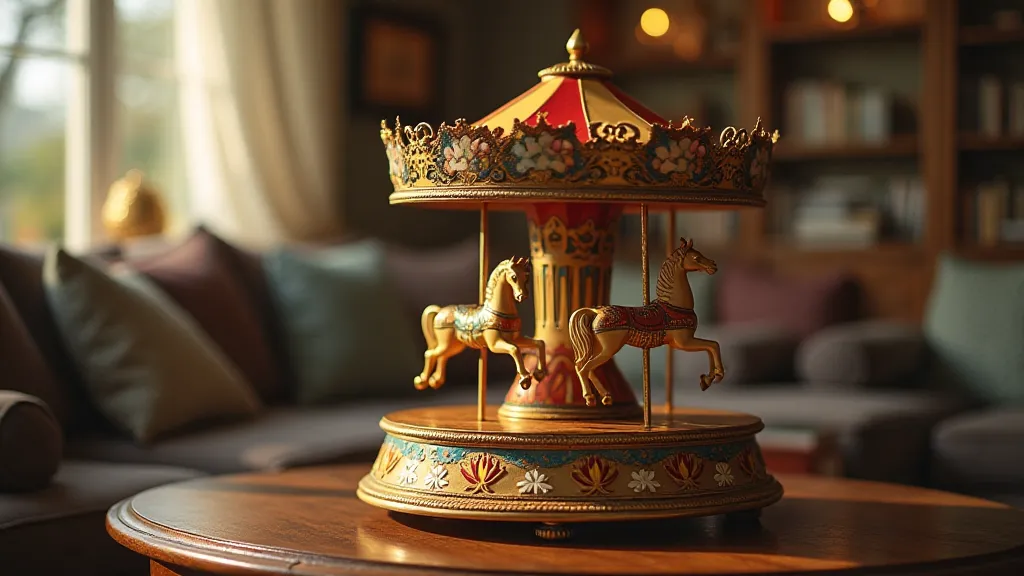
Collecting & Care: Preserving the Echoes
The world of antique music box collecting is diverse and rewarding. Collectors are drawn to the variety of styles, the historical significance, and the sheer beauty of these objects. While condition significantly impacts value, even non-working examples can hold immense charm.
Careful handling and storage are essential to preserving antique music boxes. Avoid direct sunlight and extreme temperatures, which can damage the wood and mechanisms. Regular dusting with a soft cloth will prevent the build-up of grime. Avoid attempting repairs yourself unless you possess the necessary skills and knowledge; professional restoration by a qualified specialist is often the best course of action.
A few basic checks can help ensure longevity. Listen carefully for unusual noises, which could indicate a problem with the mechanism. Observe the movement of the cylinder and tines, ensuring they are moving freely. Don't force the crank handle; if the music box seems stiff, it may require lubrication by a professional.
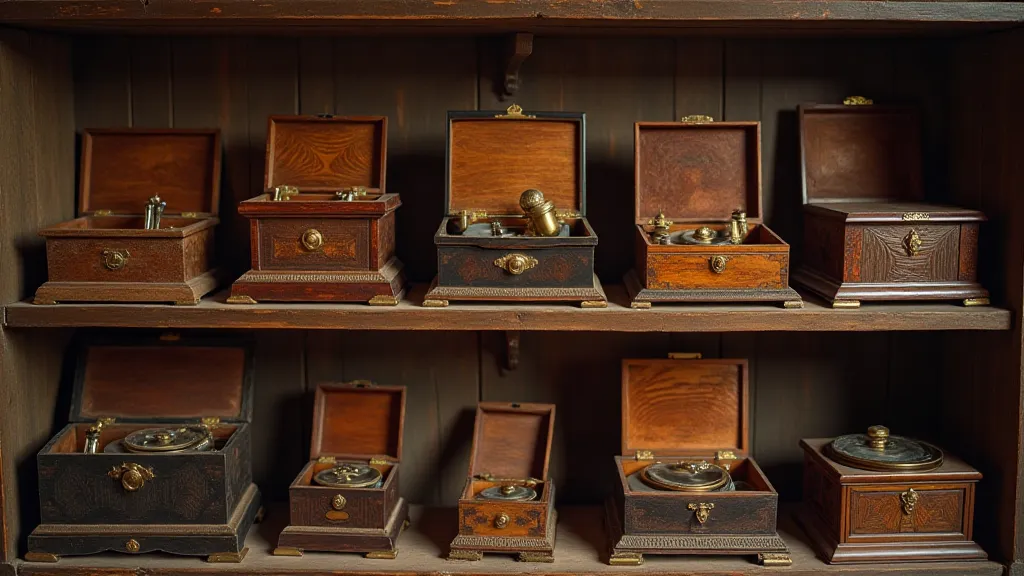
A Legacy of Sound
Antique music boxes are more than just mechanical marvels; they are vessels of memory, conduits to the past, and legacies of sound that connect generations. They remind us of a time when craftsmanship, artistry, and sentimentality were valued above all else. They whisper stories of love, loss, and the enduring power of music to comfort and inspire. As these delicate treasures continue to be passed down through families, their echoes will resonate for generations to come, ensuring that their magic endures.


